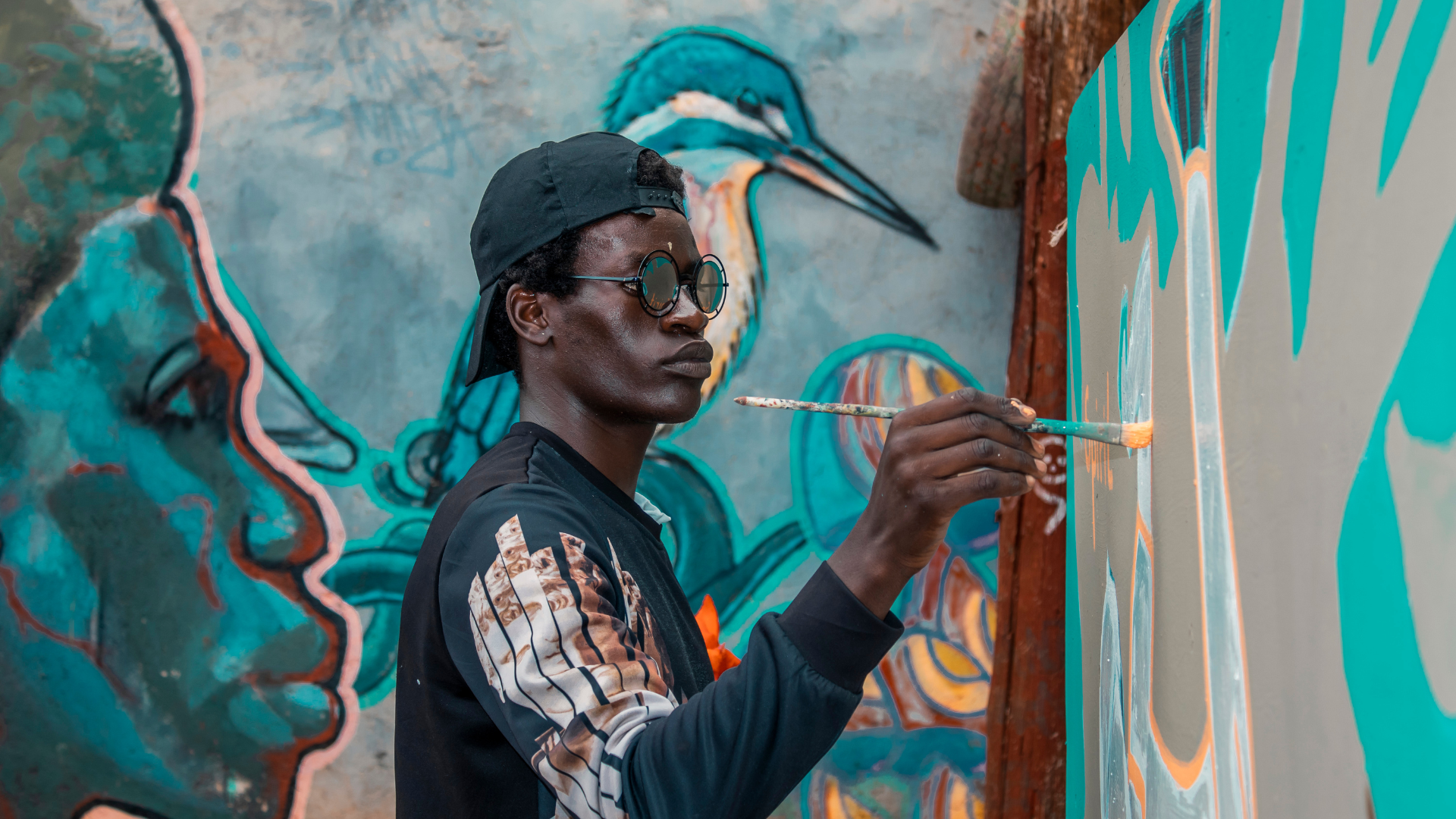Music has been an integral part of fashion since the beginning of time. It has inspired the trends of each era, and its influence can be seen in everything from the clothes we wear to how we style our hair. In this article, we’ll explore how music has changed the face of fashion through the decades and what it means today.
Defining Fashion and Music Relationship
When we think of fashion, we often think of clothing. But fashion is much more than that. It’s a form of self-expression that can be seen in how we style our hair, do our makeup, and even carry ourselves. It’s an ever-evolving art form that many factors, including music, have influenced. The relationship between music and fashion is a long and complex one. For centuries, the two have been intertwined, influencing the other in various ways. From the rise of hip-hop in the 80s to the grunge movement of the 90s, music has significantly shaped the fashion industry.
Today, we continue to see the influence of music on fashion. Celebrities and influencers often use their platform to showcase their style, which can be heavily influenced by the music they listen to. We also see this connection between music and fashion at events like Coachella and Fashion Week, where attendees dress by the event’s vibe.
So what is it about music that makes it such a powerful force in shaping fashion? Music can evoke emotion and connect with people on a deep level. It can make us feel happy, sad, nostalgic, or even angry, all feelings that can be reflected in our clothing choices. Additionally, music can be used as a form of self-expression, a key element of fashion.
How Music Has Influenced Fashion Throughout History
Since the beginning of time, music and fashion have been intertwined. For centuries, the style has been influenced by the trends set forth by musicians and performers. Today, that influence is more evident than ever before. Here’s a look at how music has shaped the fashion industry through the years:
- The 1800s: During the early 1800s, the upper class often dictated popular styles. But as music became more accessible to the masses thanks to technological advancements, working-class people began to assert their style preferences. This newfound sense of individuality led to several new fashion trends, including the rise of sportswear and streetwear.
- The 1900s: The early 1900s saw several significant changes in music and fashion. With the advent of jazz, flappers became all the rage, sporting short skirts and bobbed haircuts. The Great Depression brought about a more conservative approach to style, but that all changed with the arrival of World War II. As men went off to fight, women took on jobs traditionally held by men and embraced a more masculine look that included pantsuits and shoulder pads.
- The 1950s: The post-war era was defined by a return to traditional values and a focus on domesticity. This was reflected in fashion trends of the time, which favoured feminine silhouettes and prints. Famous musicians like Elvis Presley helped shape the look of an entire generation with his signature style of slicked-back hair and tight leather clothing.
- The 1960s: The ’60s saw a significant fashion shift as rebellious youth challenged the status quo. This resulted in a more androgynous style, with women embracing pantsuits and men sporting long hair. Music also played a significant role in setting trends, with psychedelic rock influencing bright colours and wild patterns.
- The 1970s: As disco peaked, fashion became all about having fun. Bell-bottom jeans, platform shoes, and striking patterns were all the rage among dance music fans looking to stand out. Punk rockers also put their spin on fashion by embracing a more edgy aesthetic that featured ripped jeans, leather jackets, and safety pins.
- The 1980s: The ’80s saw an explosion of styles as many different genres of music emerged onto the scene. New Wave icons like Madonna popularized bold looks like lace gloves and fishnets, while metal bands like Motley Crue sported studded leather jackets and tight jeans. Accessories suddenly became more varied and bolder, no longer a compliment to an outfit but an integral part. Among them were gold chains, chunky rings, and teeth grills, like those sold by Agoradiant. Hip-hop was also gaining traction during this time, leading to the creation of streetwear brands like FUBU and Akademiks, which continue to be influential today.
Examples of Musical Icons and Their Style Evolution
Madonna is one of the most iconic figures in music and fashion. She has always been known for her cutting-edge style and has continued to evolve her look over the years. Madonna’s style is constantly changing, but she always remains true to her edgy, sexy aesthetic.
Michael Jackson is another musical icon whose personal style evolution was fascinating. Jackson was known for his signature style of sequined jackets and fedoras, but he also experimented with different looks throughout his career. Jackson’s style was always unique and eye-catching, and he remains an inspiration for many fashion designers today.
Beyoncé is a modern musical icon whose personal style is constantly evolving. Early in her career, Beyoncé was known for her “girly” image and stylish dresses. However, she has since embraced a more edgy and sexy look, often rocking leather pants and crop tops. Beyoncé’s style is constantly changing, but she always looks fabulous no matter what she wears.
Music has been a significant influence in the fashion industry for many years and continues to be an integral part of shaping the trends we see today. From punk music inspiring edgy street style to hip hop influencing modern-day luxury labels, music has impacted fashion in ways that are impossible to ignore. As long as people continue to express themselves through their love of music and personal sense of style, it’s safe to say that its influence will remain forever embedded within our culture.







